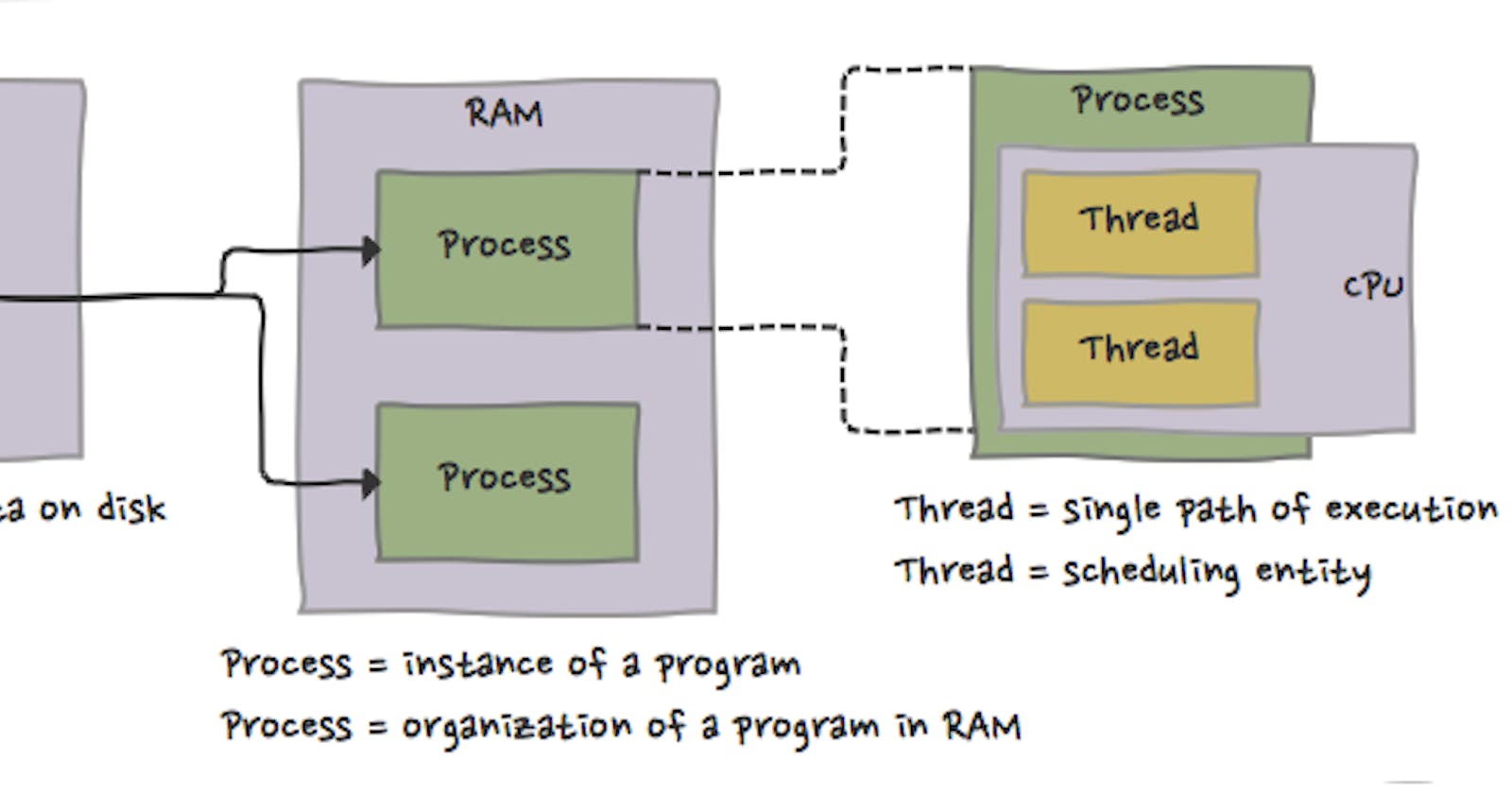Exploring the Differences Between a Program, a Process, and a Thread
In the realm of computer science and operating systems, the terms "program," "process," and "thread" are frequently used but often misunderstood. While they are all integral parts of executing tasks on a computer system, they serve distinct purposes and have unique characteristics. Understanding these differences is fundamental to writing efficient and effective software. Let's delve into each concept:
Program
A program is a set of instructions written in a programming language that performs a specific task when executed. It's essentially a passive entity residing on the storage medium, such as a hard disk or solid-state drive. Programs can be simple, like a script that adds numbers, or complex, like a web browser or a video game.
Programs are static and do not actively consume system resources until they are loaded into memory and executed. They typically reside in the form of executable files (e.g., .exe on Windows, ELF on Linux) and can be invoked by the user or other programs.
Process
A process can be thought of as a running instance of a program. When a program is executed, the operating system creates a process to manage it. A process represents the entire execution environment, including memory space, resources, and the state of the program. Each process operates independently of other processes, ensuring isolation and security.
Processes have their own memory space, which means they cannot directly access the memory of other processes. This isolation prevents one process from corrupting the memory of another. Additionally, processes are heavyweight entities, requiring significant overhead to create and manage.
Thread
A thread is the smallest unit of execution within a process. Unlike processes, which are isolated from one another, threads within the same process share the same memory space. This shared memory allows threads to communicate with each other more efficiently than inter-process communication mechanisms.
Threads enable concurrent execution within a single process, making it possible to perform multiple tasks simultaneously. They share resources such as memory, files, and I/O devices, which can lead to synchronization and coordination challenges. However, proper synchronization mechanisms, such as mutexes and semaphores, ensure that threads cooperate effectively.
Threads are lightweight compared to processes since they share resources and context within the same process. Creating and managing threads is faster and requires fewer system resources than processes.
Key Differences
To summarize, here are the key differences between a program, a process, and a thread:
- Program: A set of instructions stored on a storage medium, waiting to be executed.
- Process: An instance of a program that is actively executing, with its own memory space and system resources.
- Thread: The smallest unit of execution within a process, sharing the same memory space with other threads in the process.
While each concept plays a crucial role in modern computing, understanding their distinctions is essential for designing efficient and scalable software systems. Proper utilization of programs, processes, and threads can significantly impact the performance and responsiveness of computer applications.
